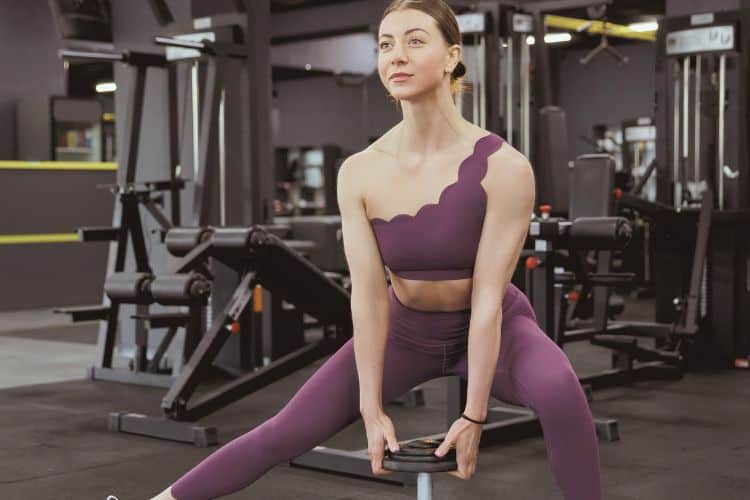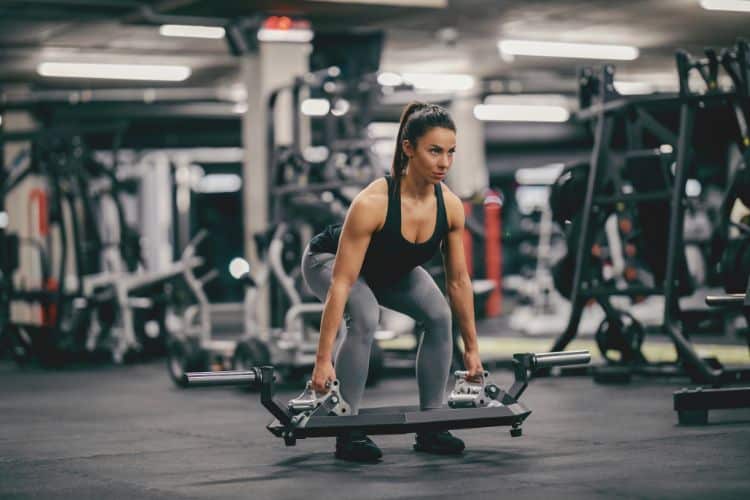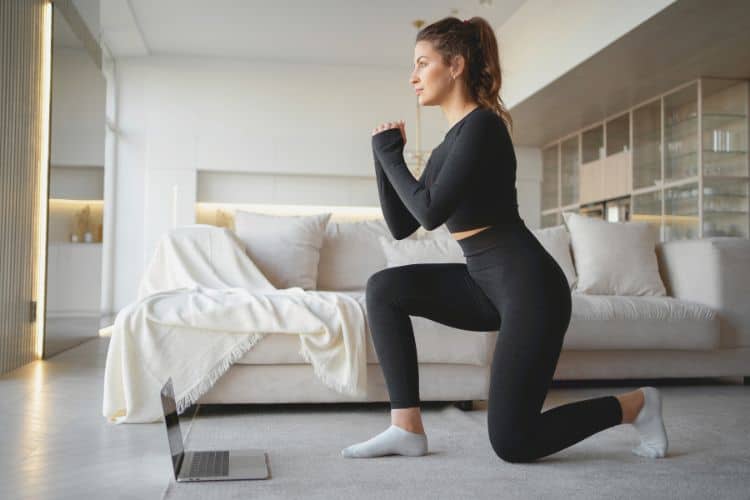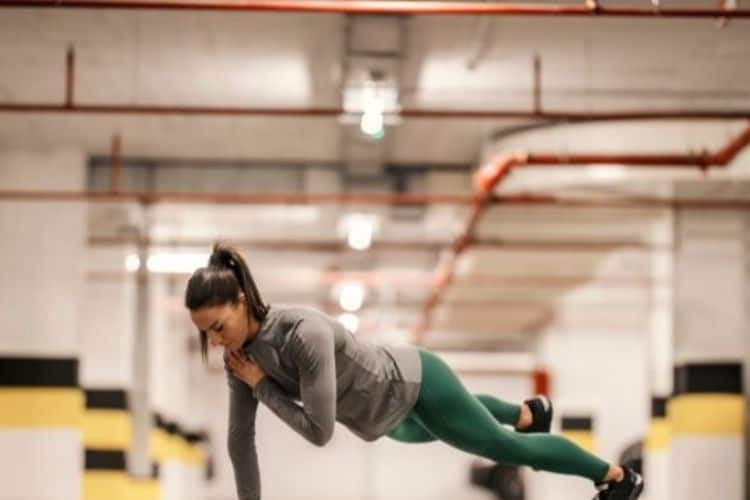Sign up for workout ideas, training advice, reviews of the latest gear and more.






High-Intensity Interval Training (HIIT) is one of the most time-efficient ways to work out. In just 20 minutes, you can challenge your muscles, elevate your heart rate, and burn serious calories. For those looking to sculpt and strengthen their upper body, a well-structured HIIT session can target the chest, shoulders, arms, and back while delivering the cardiovascular benefits of a high-intensity workout. This blog will walk you through everything you need to know about a 20 minute HIIT workout for the upper body—its benefits, how to prepare, and a step-by-step workout plan.
In today’s busy world, carving out hours for the gym isn’t always possible. HIIT condenses strength and cardio training into just 20 minutes, making it perfect for anyone short on time.
Unlike steady-state cardio, HIIT incorporates explosive movements that not only build cardiovascular fitness but also improve muscular endurance and strength.
HIIT elevates your heart rate and boosts your metabolism. Thanks to the excess post-exercise oxygen consumption (EPOC) effect, you continue burning calories long after the session ends.
This workout targets major upper body muscles—chest, shoulders, arms, and back—ensuring balanced development and toning.
Always warm up before starting. A dynamic warm-up prepares your muscles and joints, reduces injury risk, and increases blood flow. Examples:
You can complete this workout with just your bodyweight, but dumbbells, resistance bands, or kettlebells can be added for extra intensity.
Since HIIT involves fast, explosive movements, maintaining proper form is crucial to avoid injury and ensure muscle activation.
This workout follows the 40/20 protocol—40 seconds of work followed by 20 seconds of rest. Complete 5 exercises in one circuit, rest for 1 minute, then repeat for a total of 4 rounds.
Cooling down helps your muscles recover and prevents stiffness. Focus on:
Each exercise targets different parts of the upper body, promoting balanced strength development.
Because rest is short, your heart rate remains elevated, strengthening your cardiovascular system.
Moves like renegade rows and plank variations activate your core, improving posture and stability.
Beginners can modify push-ups or use lighter weights, while advanced athletes can add plyometric push-ups or heavier loads.
Yes! Replace weighted moves with bodyweight alternatives like push-up variations and body rows.
On average, a 20 minute HIIT workout burns 200–350 calories, depending on intensity, body weight, and fitness level.
Absolutely. Beginners should focus on proper form, longer rest intervals, and bodyweight moves before progressing.
No. Aim for 2–4 sessions per week, allowing recovery days to prevent overuse injuries.
A 20 minute upper body HIIT workout is the perfect blend of strength and cardio for busy individuals. It challenges your chest, shoulders, arms, and back while torching calories and improving endurance. Whether you’re a beginner looking to tone or an experienced lifter wanting to add variety, this workout delivers results in less time.
Commit to consistency, focus on proper form, and fuel your body with the right nutrition, and you’ll see noticeable progress in strength, muscle tone, and overall fitness.
Want more workout and video guide?
Follow us on Pinterest, Facebook, and Subscribe to our Newsletter and Stay tuned for FREE downloads of our App coming soon!
Stay up to date on the latest women’s health, fitness and lifestyle trends and tips.